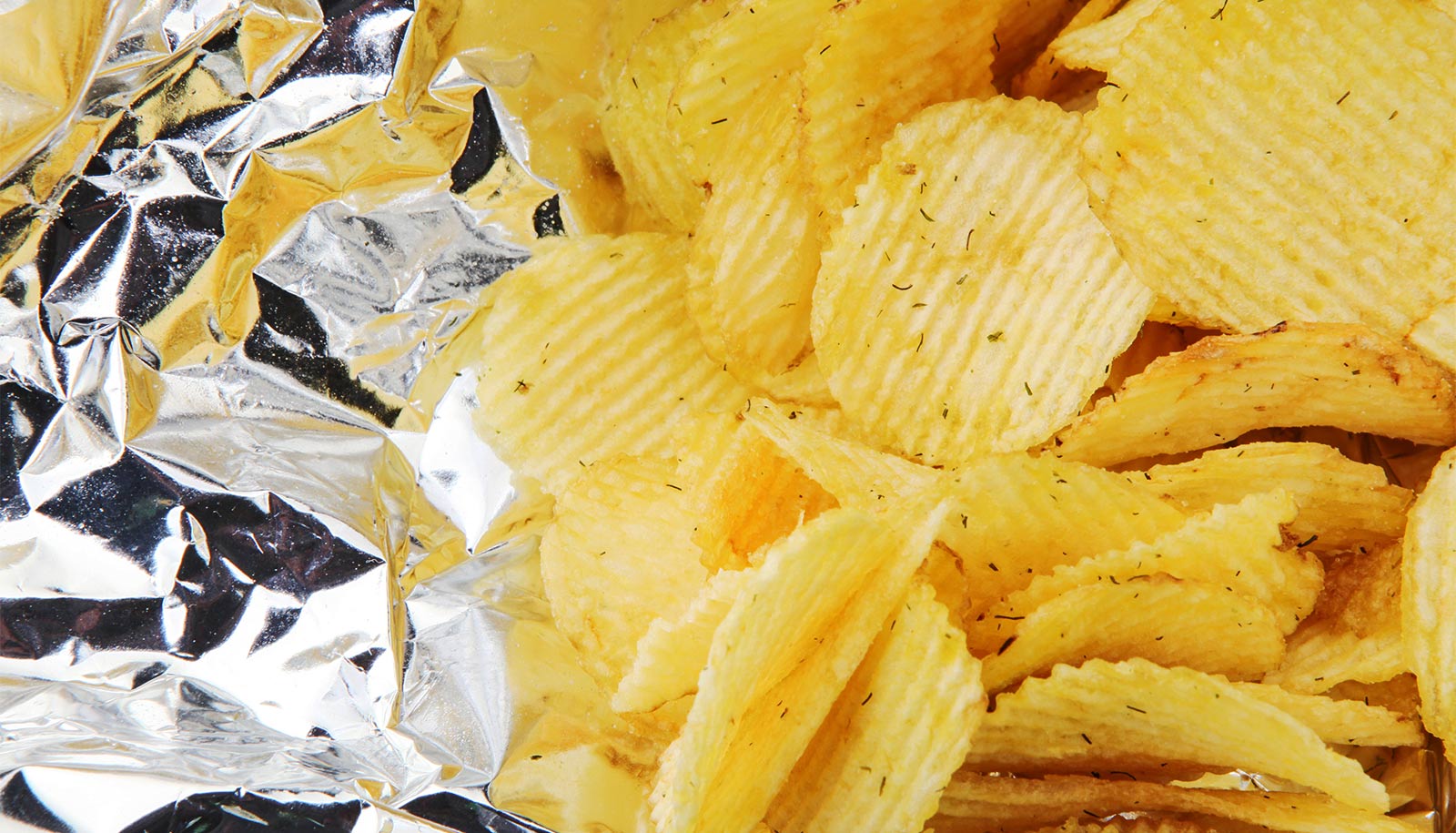Nearly 40 percent of older Americans are living with a swallowing disorder known as dysphagia.
Although it is a major health problem associated with aging, it is unknown whether the condition is a natural part of healthy aging or if it is caused by an age-related disease that has yet to be diagnosed, such as Parkinson’s disease or amyotrophic lateral sclerosis (ALS).
Following a recent study, researchers at the University of Missouri have established a model that identifies aging as a key factor in the development of dysphagia, which may lead to new therapeutic treatments.
“As people age, and especially once they’re 50 and older, their ability to swallow quickly and safely deteriorates with each advancing decade,” says Teresa Lever, assistant professor of otolaryngology at the School of Medicine and lead author of the study.
“For years, we haven’t known why. Through our research with mice, we now know this disorder can occur naturally and independent of another disease.
“Our next step is to study this model to determine why age-related dysphagia, also called presbyphagia, occurs and identify ways to prevent it.”
Pneumonia risk
Individuals with presbyphagia generally experience slow, delayed, and uncoordinated swallowing that compromises airway function. This puts older individuals at risk for developing life-threatening malnutrition and aspiration pneumonia, which is caused when food or saliva is breathed into the lungs or airways.
These risks are increased when an individual has an existing health condition, such as a neurodegenerative disease, head and neck cancer, or a major surgery.
Videofluoroscopy has long been the gold standard for diagnosing swallowing disorders in humans. A video fluoroscopic swallow study is a radiologic examination of an individual’s swallowing function that uses a special X-ray device called a fluoroscope.
The patient is observed swallowing various foods and liquids mixed with a contrast agent that can be seen by fluoroscopy in order to evaluate his or her ability to swallow safely and effectively.
Same symptoms in mice
However, because a long-term study of the swallowing ability of an individual as he or she ages is unfeasible, Lever and her research team studied the swallowing function of healthy mice throughout their approximate two-year lifespan.
“We have a miniaturized fluoroscope and swallow test protocol that are unique to our lab that we can use to determine if a mouse has dysphagia,” Lever says. “By studying the swallowing function of healthy mice over their lifespan, we found they exhibit many of the same symptoms of dysphagia as healthy aging adults.”
15 signs and metrics
The researchers established 15 metrics that could be compared to human swallowing function. These metrics include functions such as swallow rate, pharyngeal transit time—the time it takes liquid to be swallowed through the pharynx , or throat, and into the esophagus, or food tube—and the number of ineffective swallows through the esophagus.
[related]
The researchers found that healthy aging mice develop symptoms of swallowing impairment that closely resemble the impairments seen in older adults: generally slowed swallowing function, impaired tongue function, larger size of the amount swallowed, and an increase in the time it takes liquid to travel through the throat to the stomach.
“We’re about to change the landscape of dysphagia intervention,” Lever says. “For years, we’ve only been able to treat the symptoms and have been unable to address the root causes of dysphagia.
“Though more research is needed, this knowledge sets the stage for us to study ways to prevent, delay or potentially reverse swallowing disorders using new therapies.”
The study was published online by the journal Dysphagia. Funding from the University of Missouri and the National Institutes of Health helped support the project.
Source: University of Missouri


